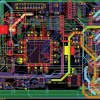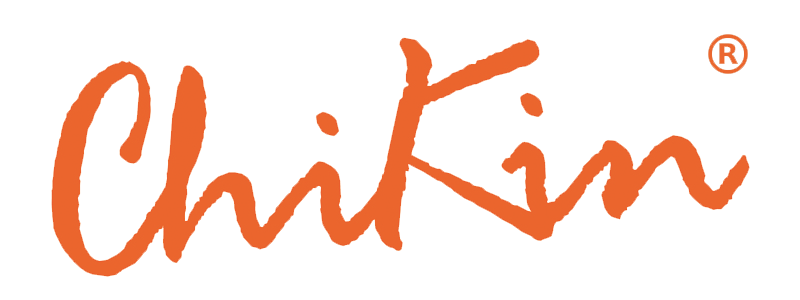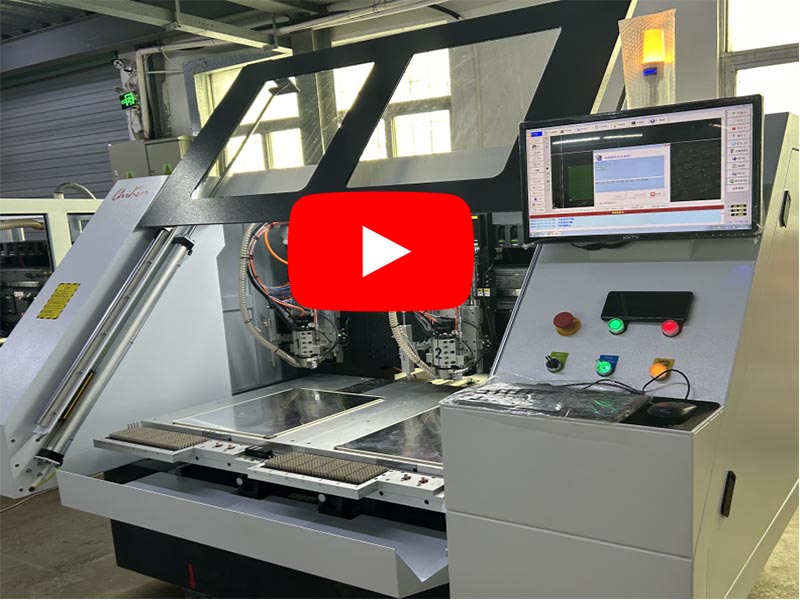How Many Methods to Drilling PCB Hole
Jan 15, 2025
Types of PCB Drilling Machines
PCB drilling machines are used for precision drilling in printed circuit boards (PCBs), creating through-holes, blind vias, and buried vias. Based on their technical features and applications, PCB drilling machines can be categorized into the following methods
1. Mechanical Drilling Machines
These traditional PCB drilling devices use carbide or diamond drill bits for mechanical drilling by rotation.
- Advantages: High precision; suitable for thicker PCBs or mass production.
- Disadvantages: Drill bits wear out and require regular replacement, leading to higher maintenance costs.
- Applications: Suitable for standard drilling of single-sided, double-sided, and multilayer boards.
2. Laser Drilling Machines
These machines use laser beams for non-contact drilling, especially suitable for micro-hole machining.
- Categories:
- CO2 Laser Drilling Machines: Primarily used for flexible PCBs (FPCs), ideal for cutting organic materials.
- UV Laser Drilling Machines: Capable of processing fine micro-holes, suitable for copper foil and thin materials.
- Advantages: Small hole sizes (as small as 20 μm), high precision, ideal for micro-hole and blind via machining.
- Disadvantages: High equipment costs and strict environmental requirements for operation.
- Applications: Used for high-density interconnect (HDI) boards and flexible circuits.
3. CNC Drilling Machines
Based on computer numerical control (CNC) technology, these machines automatically complete drilling tasks according to preset programs.
- Advantages: High efficiency, suitable for mass production, capable of processing complex designs.
- Disadvantages: Requires operators with programming expertise.
- Applications: Commonly used for mass production of multilayer boards and HDI boards.
4. Hybrid Drilling Machines
These machines combine mechanical and laser drilling technologies to meet diverse manufacturing needs.
- Advantages: Integrates the strengths of mechanical and laser drilling; offers greater flexibility.
- Disadvantages: Higher equipment and maintenance costs.
- Applications: Ideal for precision machining of different types of PCB boards.
5. Manual Drilling Machines
Simple manual equipment used for small-batch or prototype PCB drilling.
- Advantages: Low cost, suitable for beginners and prototype development.
- Disadvantages: Low efficiency and limited precision.
- Applications: Used in laboratories or for small-scale PCB manufacturing.
Guidelines for Choosing a PCB Drilling Machine
- Processing Requirements: Consider hole diameter, depth, and precision.
- Production Scale: Whether for small-scale customization or large-scale production.
- Material Type: Rigid boards, flexible boards, or metal substrates.
- Budget: Equipment purchase and maintenance costs.
Recent Posts

October 26, 2016
The Most Successful Engineering Contractor
May 12, 2025
China PCB Drilling Routing machine Development
May 06, 2025
PCB Design Process and Key Points






